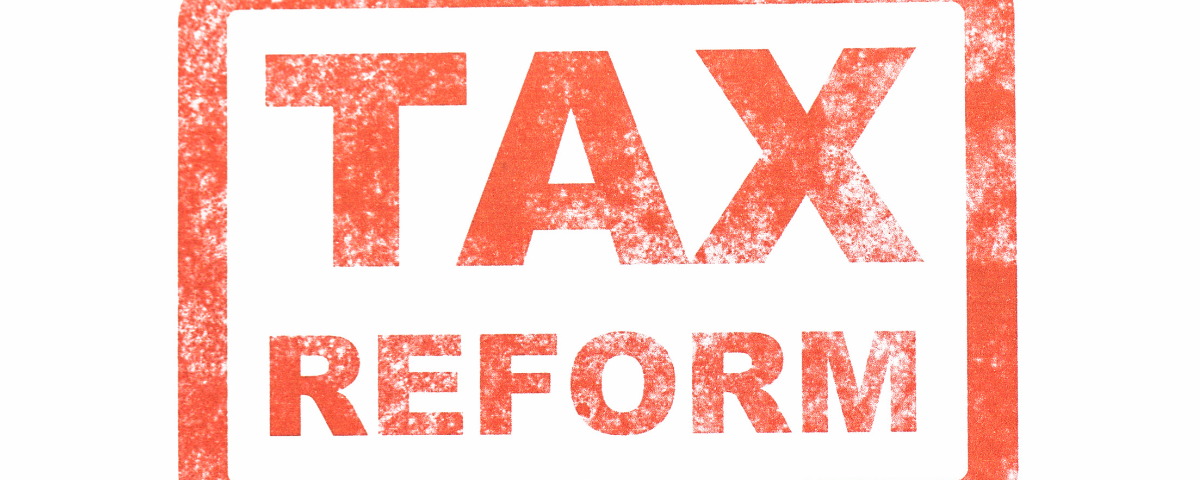
Veteran Support or Transition Program Those Who Serve District 25
February 24, 2024
Support Our Heroes: Invest in Police and Fire Departs for District 25
February 24, 2024FAQs
Tax Reform for Economic Growth Strength District25Finance Future
- How long will it take for the effects of tax reform to become apparent?
- The timeline for noticeable effects varies due to having to write legislation and build consensus around passing it.
- What role does public opinion play in the success of tax reform?
- Public opinion is crucial. Positive engagement and support contribute to the success of the reform, influencing its implementation and sustainability.
- How can businesses in District 25 actively participate in the reform process?
- Businesses can engage through collaboration, providing input, and participating in forums to ensure their perspectives are considered.
- Are there examples of districts facing challenges after tax reform, and how were they addressed?
- Yes, challenges can arise, and addressing them often involves fine-tuning policies based on feedback, lessons learned, and ongoing evaluation.
- What measures are in place to ensure transparency in the tax reform process?
- Transparency measures include regular updates, accessible information channels, and involving the community in decision-making processes.
Tax Reform for Economic Growth: Strength District25’sFinancial Future

Introduction
In the ever-evolving landscape of local economies, tax reform emerges as a crucial catalyst for sustainable economic growth. In the heart of this discussion lies District 25, grappling with financial challenges that necessitate a strategic overhaul of both Federal and Local tax policies. As we embark on the journey of exploring tax reform and its implications for economic growth, it’s imperative to understand its significance in shaping the future of District 25.
Understanding District 25’s Current Financial Situation
District 25, like many other regions, finds itself at a crossroads where existing economic structures may no longer suffice. A thorough examination of its economic landscape reveals intricacies that demand attention, with the current tax structure posing specific challenges that hinder growth and development.
The Need for Change
Recognizing the need for change is the first step towards ensuring a brighter financial future for District 25. Outdated tax policies and their impact on economic growth must be addressed with urgency. Failing to do so could mean missed opportunities for prosperity and development.
Proposed Tax Reform Strategies
To pave the way for economic growth, we must consider comprehensive tax reform strategies that will positively impact District 25. Streamlining processes, and incentivizing investment and entrepreneurship are key components that can bring about positive change.
- Simplification of the Tax Code: Streamlining tax regulations to make them easier to understand and comply with, reducing the burden on individuals and businesses. This can involve consolidating tax brackets, reducing tax rates to encourage economic growth, and making tax forms more user-friendly.
- Lowering Business Taxes: Reducing corporate tax rates to encourage business investment and expansion within District 25. This could lead to job creation, higher wages, and increased economic activity, bolstering the district’s economic growth.
- Expanding Tax Credits for Middle and Lower Income Families: Introducing or expanding tax credits aimed at middle and lower-income families to increase their disposable income. Examples include expanding the Earned Income Tax Credit (EITC) or introducing new credits for childcare expenses, education, or health care costs.
- Property Tax Reform: Implementing measures to cap or reduce property taxes, especially for homeowners and small businesses. This could involve setting limits on annual tax increases or providing exemptions for certain demographics, such as seniors or veterans.
- Support for Local Entrepreneurs: Introducing tax breaks or incentives for small businesses and startups based in District 25, encouraging innovation and supporting local entrepreneurs. This could include tax credits for research and development (R&D) or deductions for startup costs.
Case Studies on Successful Tax Reforms
Looking beyond our borders, we find inspiring success stories from districts that have experienced notable economic growth following effective tax reforms. Learning from these examples provides valuable insights into crafting a tailored approach for District 25.
Public Opinion and Stakeholder Involvement
The success of any tax reform lies in the hands of the community it serves. Gaining public support through active involvement and transparent communication is paramount. In District 25, we must actively seek input from our residents to ensure a reform that resonates with the needs and aspirations of its people.
Potential Obstacles and How to Overcome Them
Anticipating obstacles is a crucial aspect of successful tax reform. By identifying potential challenges and developing solutions, District 25 can proactively address roadblocks, ensuring a smoother implementation process.
Legislative Steps Towards Tax Reform
Lawmakers play a pivotal role in the reform process. Crafting and passing effective legislation that aligns with the goals of economic growth is a collaborative effort that requires commitment and strategic planning.
Monitoring and Adjusting the Reforms
Implementing a system for continuous evaluation allows District 25 to monitor the impact of tax reforms. This adaptive approach ensures that adjustments can be made based on feedback and real-time results.
Expected Economic Benefits
The anticipated benefits of tax reform are vast, ranging from job creation to an overall improvement in the financial health of District 25. This section explores the positive outcomes that the community can expect to witness.
Addressing Criticisms and Concerns
While advocating for tax reform, it’s essential to acknowledge potential criticisms and concerns. Providing well-founded counterarguments and reassurance fosters a constructive dialogue and builds trust among stakeholders.
Engaging the Business Community
Collaboration with the local business community is key to a successful transition. District 25 can actively engage with enterprises, showcasing the advantages that tax reform brings to businesses and the broader community.
The Role of Education and Communication
Informing the public about the benefits of tax reform is an ongoing process. Transparent communication, coupled with educational initiatives, ensures that residents are well-informed and supportive of the changes taking place.
Celebrating Success Stories
Highlighting early successes and positive outcomes serves as a morale booster for the community. Celebrating these achievements fosters a sense of pride and confidence in the direction District 25 is heading.

Conclusion
In conclusion, tax reform stands as a cornerstone in fortifying the financial future of District 25. By implementing comprehensive strategies, engaging stakeholders, and fostering a culture of adaptability, the district can set itself on a trajectory of sustained economic growth.

